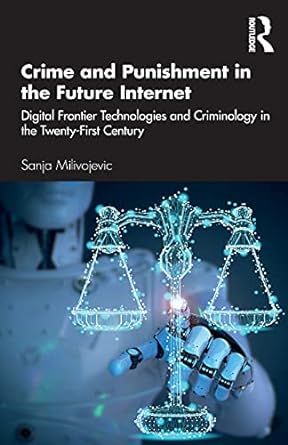Question
a. The cost of raising capital through retained earnings is (less than or greater than) the cost of raising capital through issuing new common stock.
a. The cost of raising capital through retained earnings is (less than or greater than) the cost of raising capital through issuing new common stock.
b. The current risk-free rate of return (rRFrRF) is 3.86% while the market risk premium is 6.63%. The Burris Company has a beta of 1.56. Using the capital asset pricing model (CAPM) approach, Burriss cost of equity is ____
c. The Taylor Company is closely held and, therefore, cannot generate reliable inputs with which to use the CAPM method for estimating a companys cost of internal equity. Taylors bonds yield 11.52%, and the firms analysts estimate that the firms risk premium on its stock over its bonds is 5.89. Based on the bond-yield-plus-risk-premium approach, Taylors cost of internal equity is: ____
d. Tyler Enterprisess stock is currently selling for $25.67 per share, and the firm expects its per-share dividend to be $1.38 in one year. Analysts project the firms growth rate to be constant at 7.27%. Estimating the cost of equity using the discounted cash flow (or dividend growth) approach, what is Tylers cost of internal equity?
e. Suppose Tyler is currently distributing 65% of its earnings in the form of cash dividends. It has also historically generated an average return on equity (ROE) of 16%. Tylers estimated growth rate is ____
Step by Step Solution
There are 3 Steps involved in it
Step: 1

Get Instant Access to Expert-Tailored Solutions
See step-by-step solutions with expert insights and AI powered tools for academic success
Step: 2

Step: 3

Ace Your Homework with AI
Get the answers you need in no time with our AI-driven, step-by-step assistance
Get Started


